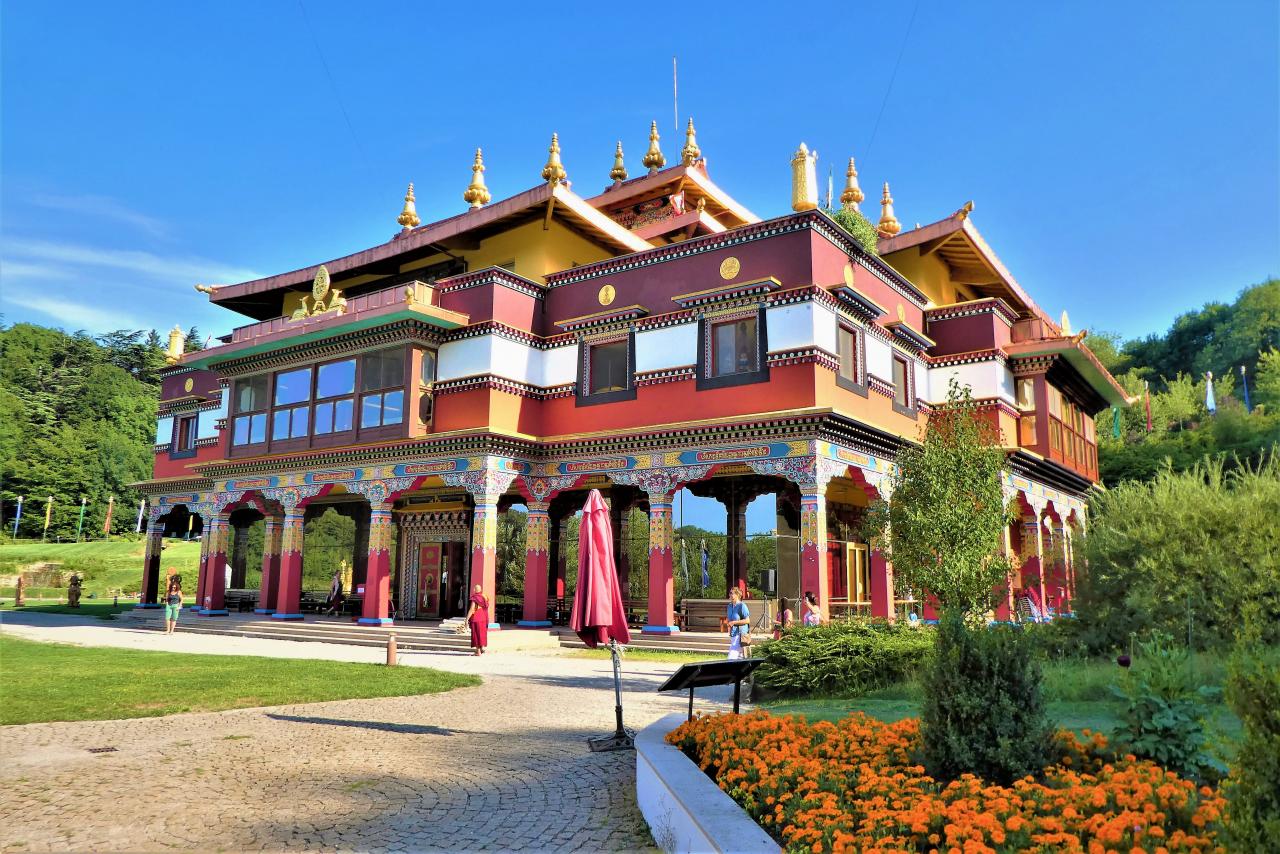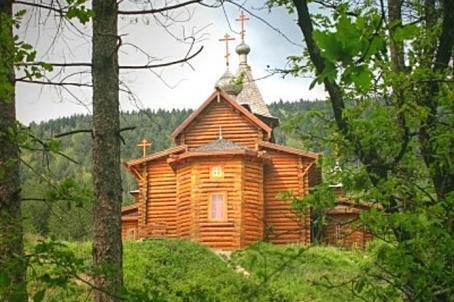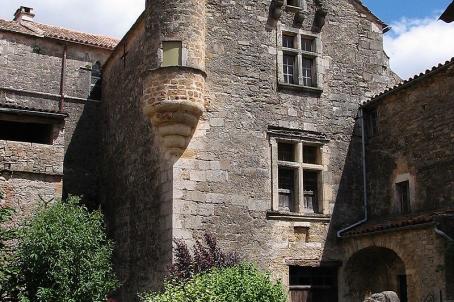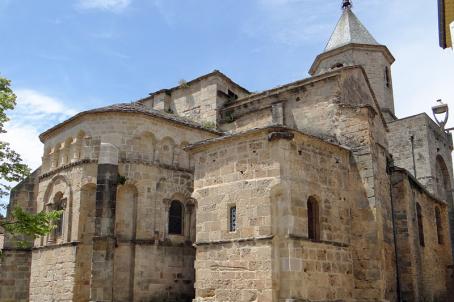Lerab Ling
Lerab Ling is a Tibetan Buddhist centre founded in 1991 by the exiled lama Sogyal Rinpoche (1947-2019). The centre, affiliated to the Nyingma school, includes a three-storey temple (Palri Péma Ösel Dargyé Ling) designed and built in the style of an authentic traditional Tibetan temple, and the decorations were made by craftsmen from India, Nepal and Bhutan.






